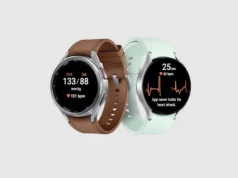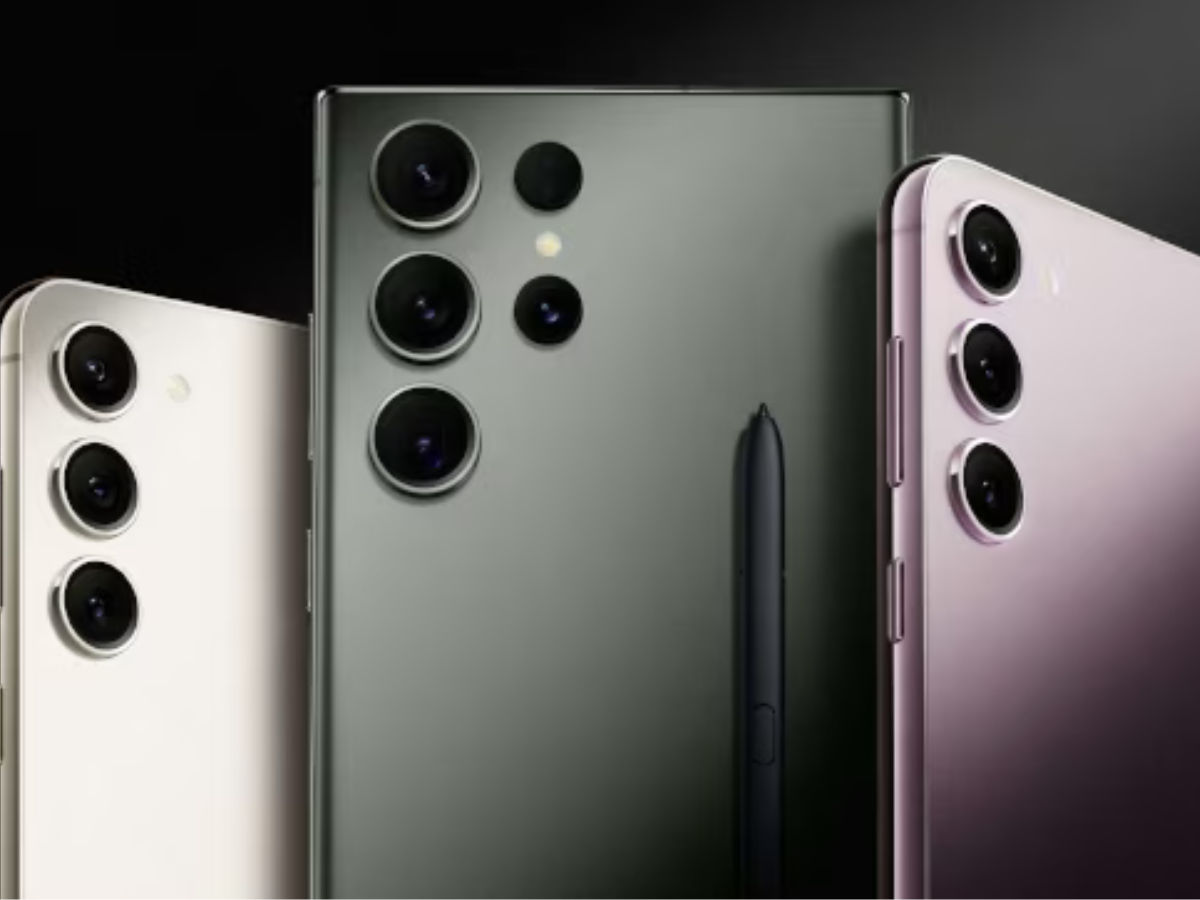Spatial computing has been a buzzword for a while, and the Xreal Air 2 Ultra AR glasses, showcased at CES 2024, have elevated the concept to a new level. Chinese brand Xreal, previously known as Nreal, has transitioned from producing virtual display glasses to these impressive spatial computing devices.
Key Highlights:
- Xreal Air 2 Ultra AR glasses offer an impressive spatial computing experience.
- Compatible with Mac, Windows, and Android devices, plus Apple’s spatial videos.
- Features include motion tracking, 52-degree FOV, and HD for each eye.
- Wired connection required for the AR experience.
- Targeted towards developers for spatial computing applications.
- Priced at $699, set to launch in March.

Design and Compatibility
The Xreal Air 2 Ultra AR glasses, fashioned in a Wayfarer style, don’t deviate much from the look of regular glasses, although they are a tad chunkier. But what sets them apart is their compatibility with a range of devices. They support Mac, Windows, and Android platforms and can even display Apple’s spatial videos.
Advanced Features for an Engaging Experience
One of the standout features is the glasses’ motion tracking capabilities, providing a six degrees of freedom experience with built-in sensors. They boast a 52-degree field of view and HD clarity for each eye, peaking at 500 nits. The hand-tracking feature, although in need of refinement, adds to the immersive experience.
Demo Experience and Practicality
During a demo at Pepcom in Las Vegas, the glasses displayed vibrant and clear on-screen visuals, creating an immersive environment. Users could interact with various virtual elements, albeit with some accuracy issues in hand gestures. However, the overall experience was notable for its clarity and the sense of immersion it provided.
Interactivity and User Experience
An essential aspect of any AR device is how the user interacts with the virtual environment. The Xreal Air 2 Ultra excels in this area with its hand-tracking feature. Though in its nascent stages and requiring some fine-tuning, this feature allows users to interact with virtual elements in a more natural and intuitive manner. The ability to control virtual elements through hand gestures, despite some reported inaccuracies, marks a significant advancement in AR technology.
Market Positioning and Pricing
Priced at $699, the Xreal Air 2 Ultra AR glasses are positioned as a more accessible option in the AR market. This pricing strategy could make them an attractive choice for both developers and early adopters of AR technology.
Allenges and Future Prospects
Despite the impressive demonstration, the Xreal Air 2 Ultra AR glasses did face some technical issues, including compatibility with the computational device they are attached to. The performance of the glasses is as good as the device they’re connected to, which was evident when a demo unit crashed but was quickly resolved with a reboot.
The Xreal Air 2 Ultra AR glasses, priced at $699, represent a significant step forward in spatial computing. While they might not be ready for everyday use yet, they offer a more wearable option compared to other AR and mixed reality devices in the market. As Xreal prepares for the launch in March, the tech world eagerly awaits the potential of these glasses in transforming spatial computing applications.

















